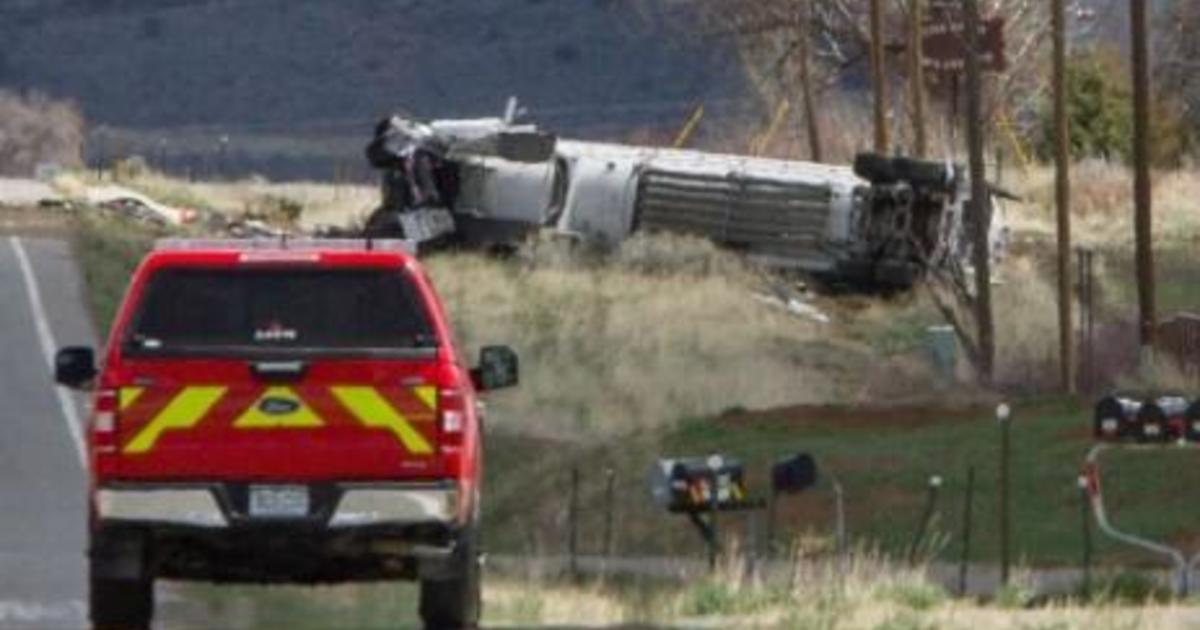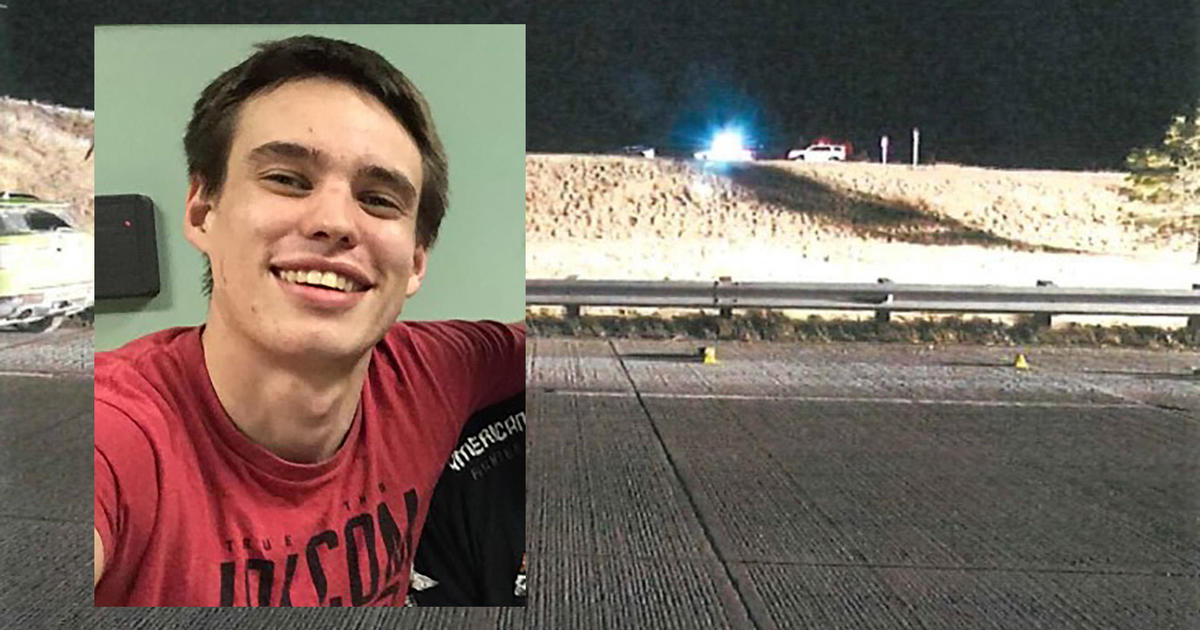Avalanches An Ever-Present Hazard In Colorado
DURANGO, Colo. (AP) - The death of a 23-year-old Durango man Feb. 2 in an avalanche near Silverton drives home how deceptively treacherous snow conditions can bury skiers, hikers or snowboarders in an instant.
The tragedy was on the minds of 40 Colorado Department of Transportation employees Feb. 7 as they simulated buried-skier rescues at the summit of 11,018-foot Red Mountain Pass north of Silverton.
Exercises focused on locating, under snow, a beacon that is carried by safety-minded mountain users. They also searched a snow field with 9-foot probe poles.
On average, six people are killed in backcountry avalanches in Colorado every winter. Nationally, during the last 10 winters, an average of 28 people died each year in avalanches.
Heavy snowfall that quickly puts weight on the existing base creates dangerous conditions in the San Juan Mountains, said Ethan Greene, director of the Colorado Avalanche Information Center. High wind that piles a lot of snow on any given slope also creates a hazard, he said.
Avalanches kill fewer people on Colorado highways, but they're not unknown.
As a guard against tragedy, CDOT maintenance workers responsible for clearing highways and disarming potential slides take a class on avalanches in Silverton every year.
Enrolled in a two-day advanced class this year were CDOT engineers, information technology employees and surveyors.
"Now, if they run into a situation, they know they have the skills," said Ann Mellick, one of the instructors from the Colorado Avalanche Information Center who teach the classes. "Their caution level will increase, too."
The avalanche center, a state agency, provides information about avalanches in the backcountry for the public online and by telephone, and alerts CDOT to avalanche threats to highways.
The rest of this year's curriculum looked at weather conditions, reading the terrain, evolution of a snowpack, snow stability testing, handling explosives, personal safety and creating an avalanche forecast for a highway.
New snow, severe change in temperature and high wind increase the risk of avalanches.
Six of 16 people killed by avalanches on Colorado highways were on Red Mountain Pass. Three of them were CDOT snowplow drivers. The fatalities occurred before 1992, when CDOT and the avalanche center began collaborating.
Monitoring snow accumulation, its water content, wind and temperature help officials determine what avalanche paths are likely to run and threaten highways, said Kyle Lester, maintenance superintendent for CDOT District 3.
Silverton Mountain Ski Area has its own avalanche forecasters and ski patrol, said Aaron Brill, who developed the 1,800-acre resort north of Silverton.
"We share information about potential hazards," Brill said. "All our ski runs are avalanche paths, so we're particularly alert."
Many mountain passes in Southwest Colorado contain numerous avalanche corridors, but Red Mountain Pass holds the national distinction of having the most avalanche paths with the possibility of hitting a highway.
CDOT keeps seven passes, all more than 11,000 feet elevation, open in the winter. Other passes are not kept open.
Movement in an active avalanche corridor indicates that lesser slides are liable to run. CDOT "shoots" the path with explosives to bring down snow.
"We like to say 'mitigate' an avalanche," Mellick said. "We really can't control them."
CDOT dispatches three-member crews to trigger slides with explosives. The team can use five-pound charges set by hand; a truck-mounted "avalauncher" that uses pneumatic pressure to fire 2.2-pound rounds; a 105 Howitzer leased from the Army that can fire 40-pound missiles up to seven miles; a helicopter that drops 30- to 50-pound bombs. CDOT doesn't own the helicopter.
Once snow is on the highway, workers move in with snow blowers, bulldozers, graders and loaders. Snow blowers can move 3,500 tons of snow per hour if it's fluffy stuff. If snow is wet or dirty - filled with rocks and trees - heavy equipment does the job.
Paul Wilson, a highway maintenance supervisor, is working on 29 years with CDOT, virtually all the time in Silverton. He has 18 years in avalanche work.
Wilson has an avalauncher on his truck to fire, with compressed-nitrogen, the torpedo-shaped missiles with fins.
"We try to hit rock ledges because the concussion loosens more snow than if the round lands in the snow itself," Wilson said. "We calculate elevation, angles and nitrogen charge."
Two types of avalanche are common. A slab avalanche occurs when stronger snow overlies weaker snow, and a loose-snow avalanche happens when surface snow has little strength.
Human-triggered slab avalanches typically are two feet deep, are about half the size of a football field and can reach 20 mph in a matter of seconds.
Loose-snow avalanches typically occur in the spring when surface snow warms and loses strength. They usually start beneath a cliff or a tree when a blob of snow falls, knocking more loose.
LINK: Colorado Avalanche Information Center
- By DALE RODEBAUGH, The Durango Herald
(© Copyright 2013 The Associated Press. All Rights Reserved. This material may not be published, broadcast, rewritten or redistributed.)



